Instacart Retail
The Guide to Staying Competitive in Grocery Fulfillment
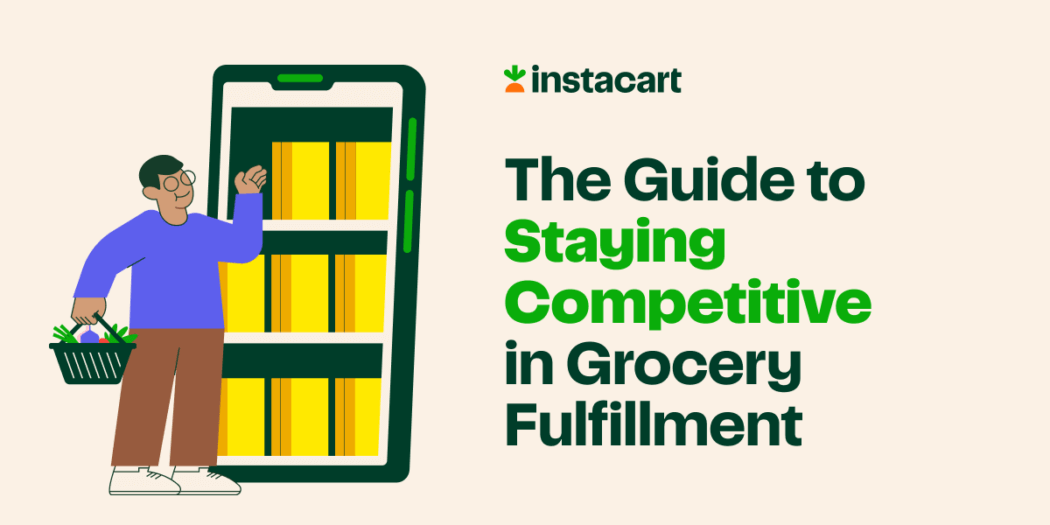
Grocery fulfillment models shifted quite a bit in the past few years. After the explosive growth of home delivery in 2020, the sphere has continued to hold its own. At the center of this transformation are customers who expect more out of their grocery delivery service.
Whether your customers are ordering grocery items like fresh produce and meat, pantry staples, alcohol, or goods like beauty products and home decor, they expect time savings when it comes to grocery fulfillment. Sixty-three percent of online customers preferred home delivery versus in-store or curbside pickup in December 2021. Yet, pickup is expected to continue to be a meaningful component of the online grocery market, as it appeals to more value-oriented consumers who want the convenience of online grocery but are focused on minimizing fees. In fact, 78% of Instacart users reported they were very likely or somewhat likely to use pickup services.
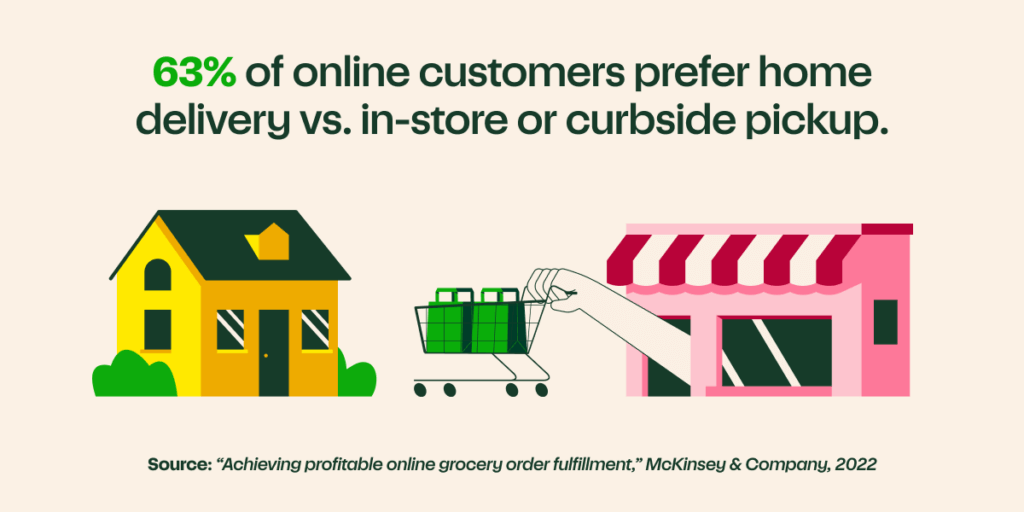
By determining the right delivery model for your grocery brand, you can remain competitive and profitable. In this guide, you will discover insights into customer expectations of speed, delivery trends, and how to get fulfillment right.
Learn more about:
- What grocery fulfillment is and why it matters
- How to create a rich omnichannel experience
- Planning for the future of grocery fulfillment
- Creating a grocery fulfillment strategy
- Choosing which fulfillment method is best for you
- How fulfillment models can streamline your operations
- How the right tools and infrastructure can help you master fulfillment
What is grocery fulfillment, and why does it matter?
Grocery fulfillment encompasses the entire shopping process, from the customer placing an order to the shoppers preparing, packaging, and delivering groceries to a customer’s home.
Your customers are shopping online. In 2019, 3% of grocery shopping in the U.S. took place online. That number rose to almost 10% in 2021, and is forecasted to reach 20.5% by 2026, according to McKinsey, with some projections putting online penetration as high as 35%. In addition to the convenience of online grocery fulfillment, factors like online personalized promotions, expanded online grocery offerings, delivery speed, and digital product and price comparisons draw in customers.
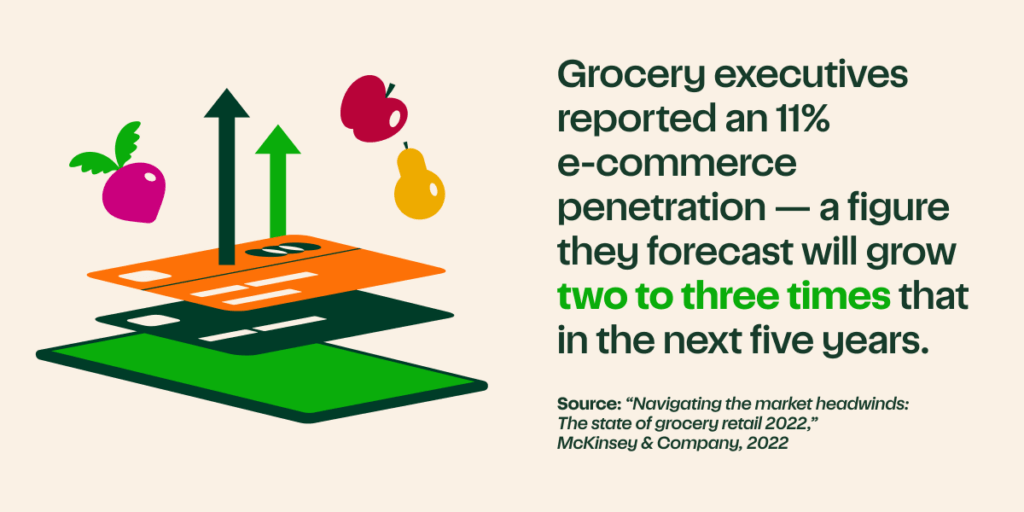
Your business can approach order fulfillment in a variety of ways, but the key to unlocking digital sales in an increasingly competitive atmosphere is expanding and modernizing your fulfillment options.
Creating a rich omnichannel experience
Customers have increasingly diverse omnichannel expectations when it comes to grocery fulfillment, whether they’re in-store shopping, buying online and picking up in store (BOPIS), lining up curbside, or getting home delivery. A recent study found that omnichannel shoppers spend two to four times more on groceries than traditional in-store customers.
Retailers may want to look to manage in-store shopping and online fulfillment through technologies that make the shopping experience faster and more intuitive for both full-service shoppers and in-store customers. For instance, replacement technology and shopper chat helps shoppers find the best replacement item for consumers if a specific sku is out of stock. Electronic shelf labels can allow full-service shoppers and in-store customers to quickly locate items and view nutritional information via their phone to expedite the shopping journey. For even more speed, scan-and-pay technology can enable them to skip checkout altogether, paying for items in the aisle with their phone.
Instacart’s picking technology assists shoppers in selecting the best possible products as efficiently as possible. The Shopper app helps locate items in a store, provides guidance on choosing the highest-quality produce, and suggests replacements for out-of-stock items. Beyond these advantages,
Instacart’s Connected Stores offers AI-powered shopping carts integrated with point-of-sale technology that can scan, weigh, and check out items right from the cart.
These technologies make shopping seamless and more efficient, and inspire customers to discover new products while delivering scalable experiences to grocery retailers without the added cost of new store builds.
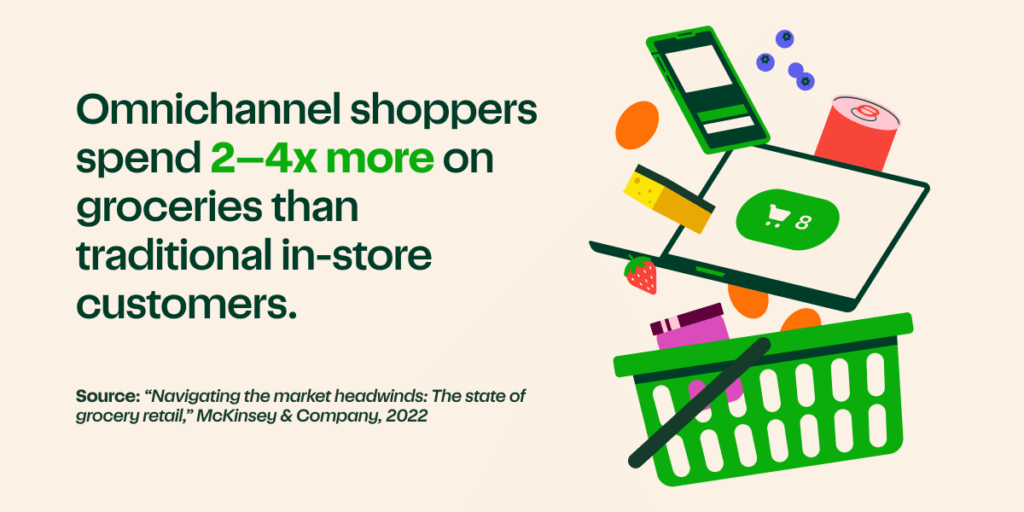
Fulfillment platforms can help you build and maintain your store’s digital platform and enhance diverse omnichannel experiences. By connecting the online experience with the in-store experience, your banner can not only survive but thrive in the current — and future — grocery ecosystem.
Plan the future of grocery fulfillment at your store
Whether you have the means to implement high-tech fulfillment or you plan to use third-party shoppers to fulfill groceries, you can create a profitable e-commerce fulfillment process in order to future-proof your company. Before creating and implementing any strategy, you’ll want to ask the following questions:
- What technology do you already have in place, and where could you add value to grocery fulfillment for your customers?
- What benchmarks do you have in place to determine your profitability of e-commerce solutions and monitor your return on investment?
- What investments are you willing and able to make, technology or labor-wise, when it comes to grocery fulfillment?
- Do you have the tech infrastructure and knowledge to remain competitive in this new frontier of grocery?
How to create a grocery fulfillment strategy
When it comes to fulfillment, your store or banner will want to decide how to best meet customer needs. Consider a three-pronged approach to shaping your order fulfillment strategies:
- Empower your customers. Gently support customers through the planning and shopping selection process with tools that can build shopping lists or recommend item substitutions. This makes them feel valued and in charge of their shopping experience.
- Determine your fulfillment options. Meet e-commerce demand head-on by determining the best grocery fulfillment models for your store’s customer base, budget, and priorities.
- Lean into apps for fulfillment. Use a third-party platform to engage users with digital promotions and product availability, whether they’re planning their in-store trip or ordering home delivery.
The ultimate goal is to leverage tools and resources that will support, engage, and empower customers, like those available in platforms such as Instacart App, Storefront Pro, and Rosie.
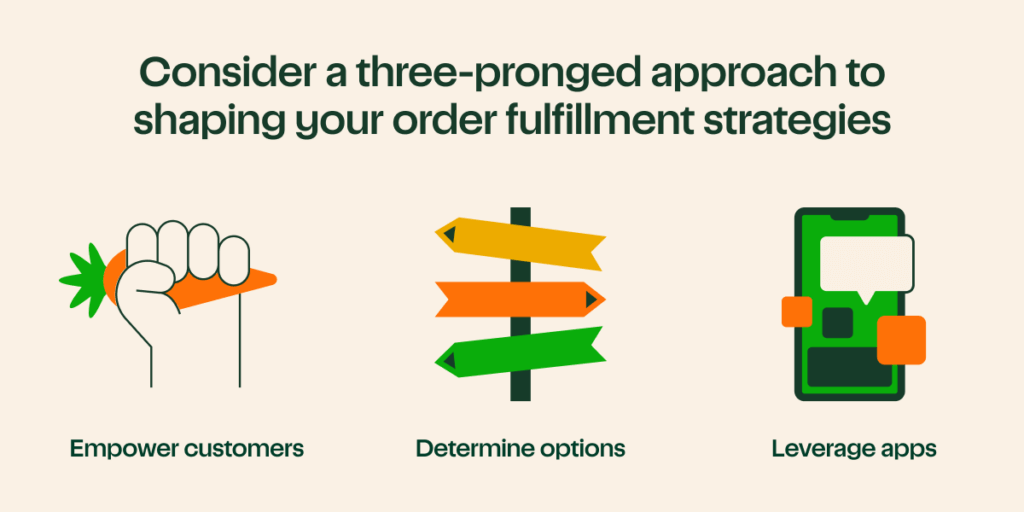
Decide which fulfillment options work best for you
So, how do you decide the best type of fulfillment for your grocery banner or brand? Overall, there are two options:
- In-store grocery fulfillment: Even if you’re a smaller retailer, you can get started with in-store picking using third-party shoppers. These shoppers, or pickers, take the place of the customer, picking up items throughout your store and driving them to the customer’s location for drop-off, a cost-effective grocery fulfillment method.
- Off-site fulfillment centers: In moving toward an increasingly e-commerce future, some companies are leveraging flexible fulfillment solutions, such as smaller dark fulfillment warehouses. These warehouses store items in a layout designed to meet the needs of the shoppers and, in turn, meet customers’ expectations for speed.
How retailers take advantage of fulfillment models to streamline operations
The race for lightning-fast delivery speeds is on, and grocery retailers can differentiate themselves by partnering with third-party fulfillment companies like Instacart for faster same-day delivery. Most Instacart orders get delivered in two hours or less — more than 25% of customers are willing to pay for even faster delivery and, with some segments such as alcohol seeing double that.
Many of the advantages provided by a fulfillment partner center around improving order speed and accuracy. For Instacart, that means making the process quick and simple for shoppers who can either pick and deliver the order themselves, or just deliver, depending on the retailer’s needs. Technologies — such as in-store navigation, end-to-end chat between shoppers and customers, and an optimized item replacement approval process — reduce the time a shopper needs to spend in-store. These features also take the pressure off of the retailer for missing items and boost customer satisfaction.
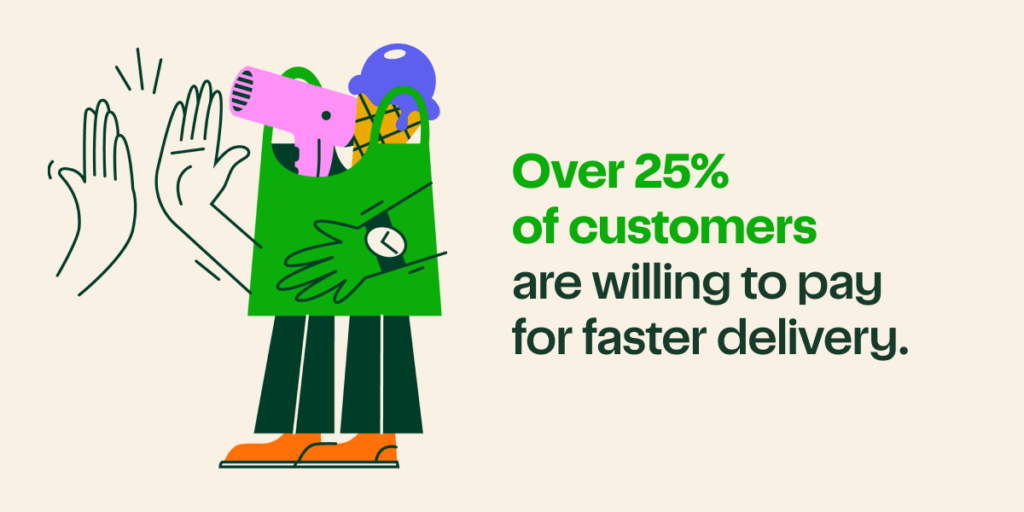
Some retailers opt to utilize off-site fulfillment to speed up delivery. Nano, or micro-fulfillment centers, are smaller, off-site fulfillment centers that do not operate as public-facing retail spaces. This fulfillment option increases visibility into inventory, which reduces the number of items in an order that need to be replaced or substituted. Optimized aisle layout means faster shopping, and as a result, increased customer satisfaction.
For instance, Publix comprises more than 1,200 stores throughout the Southeastern United States. To deliver to targeted neighborhoods quickly, Publix partners with Instacart to enable a faster grocery fulfillment solution. Here’s how it works:
- Customers choose from the Publix Quick Picks section of its digital storefront, which features a large selection of express items including fresh fruits and vegetables, baby care, and wellness goods. Carrot Warehouses, Instacart’s network of small nano-fulfillment facilities, houses all these items.
- Instacart shoppers pick items from the smaller fulfillment center and deliver the order to the customer’s home — in as fast as 30 minutes.
Let Instacart help drive your grocery fulfillment needs
Margin pressures will force grocers to expand their reach and rethink some of their fulfillment processes.
As a trusted partner, Instacart provides the tools and infrastructure you need to position yourself as a leader in your market and differentiate your brand. With more than a decade of experience in the e-commerce grocery sphere, Instacart builds digital storefronts customized for your preferences and priorities, while helping you quickly fulfill grocery orders and last-mile deliveries.
Learn more about how Instacart powers the future of grocery while bringing your brands to life with a full suite of flexible, scalable tools for any-size retailer.
Most Recent in Caper
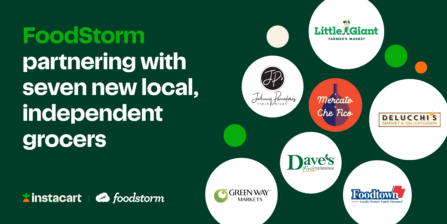
FoodStorm
Helping Local Independent Grocers Streamline Their Catering and Prepared Foods Businesses
Over the past few years, FoodStorm - our order management system (OMS) designed specifically to help grocers manage their deli, prepared foods and catering - has seen remarkable growth. And today, we’re excited to share…...
Apr 24, 2024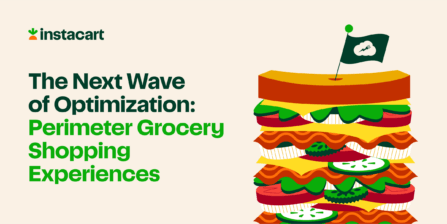
FoodStorm
The Next Wave of Optimization: Perimeter Grocery Shopping Experiences
Discover how you can optimize your perimeter grocery shopping experiences with software that connects your departments and delights your consumers. Simple, powerful, and digital: The future of perimeter grocery As the grocery landscape evolves, retailers…...
Apr 24, 2024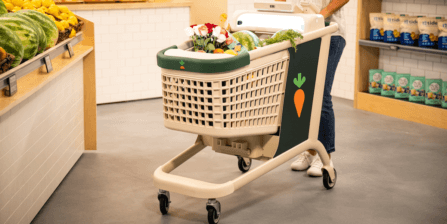
Caper
Why Smart Carts Are the Winning Technology Format for Grocers
One of the most common misconceptions about smart carts is that they only serve as an alternative to self-checkout. However, the real magic behind a Caper Cart, our AI-powered smart cart, is the digital screen.…...
Apr 9, 2024

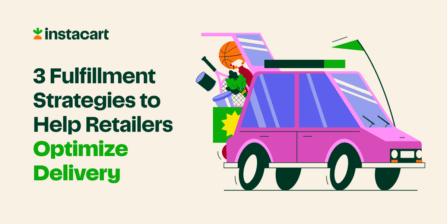 3 Fulfillment Strategies to Help Retailers Optimize Delivery
3 Fulfillment Strategies to Help Retailers Optimize Delivery 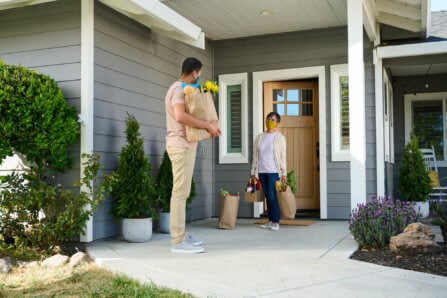 Instacart Announces Next-Gen Fulfillment Initiative For Retail Partners
Instacart Announces Next-Gen Fulfillment Initiative For Retail Partners 
